Superinsulating attic for summer cooling?
joel_bc
17 years ago
Related Stories
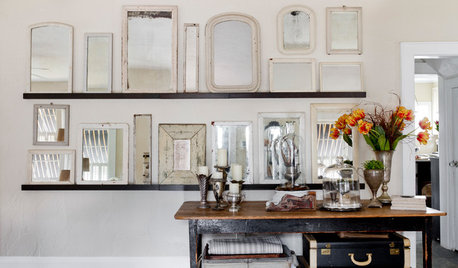
DECORATING GUIDES11 Ways to Breeze Into Summer With White
Lighten up. When warm days start rolling in, nothing feels as cool as white
Full Story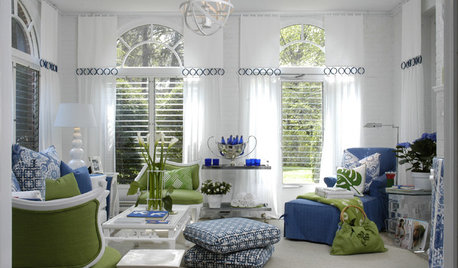
DECORATING GUIDES12 Ways to Cool Your Home Without Air Conditioning
If your summer energy bill is leaving you hot under the collar, consider these savvy alternate strategies for cooling down
Full Story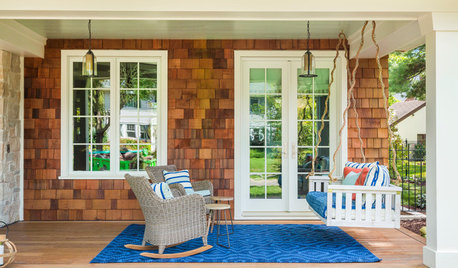
GARDENING AND LANDSCAPING10 Ideas for Decorating Your Summer Porch
Watch the world go by from a porch decked out with comfy furniture and inspiring accessories
Full Story
MOST POPULARA Fine Mess: How to Have a Clean-Enough Home Over Summer Break
Don't have an 'I'd rather be cleaning' bumper sticker? To keep your home bearably tidy when the kids are around more, try these strategies
Full Story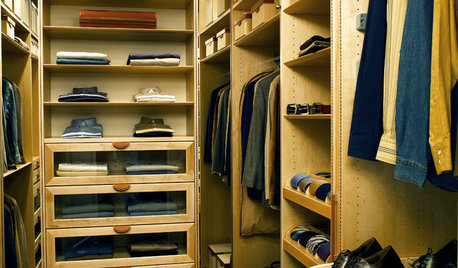
CLOSETSCloset Storage Solution: Fall Clothes In, Summer Clothes Out!
7 steps to packing away your seasonal clothes (and editing the rest)
Full Story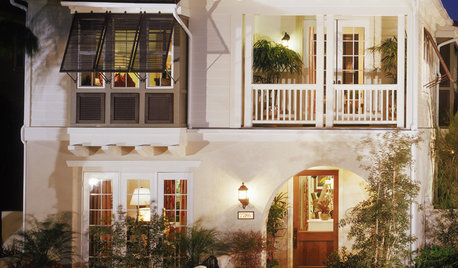
ARCHITECTURETime-Tested, Low-Tech Ways to Cool a Home
People have been beating the heat around the world for centuries without plugging anything in. Could these ideas work for your home today?
Full Story
LIFE6 Ways to Cool Off Without Air Conditioning
These methods can reduce temperatures in the home and save on energy bills
Full Story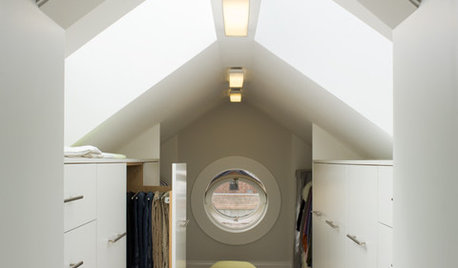
CLOSETS9 Tips to Turn an Attic Into a Boutique Closet
For everyday dressing luxury or off-season clothing storage, explore your attic's potential
Full Story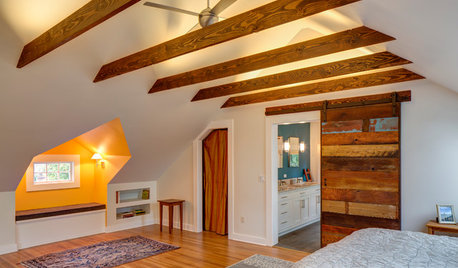
REMODELING GUIDESRoom of the Day: Storage Attic Now an Uplifting Master Suite
Tired of sharing a bathroom with their 2 teenage kids, this couple moves on up to a former attic space
Full Story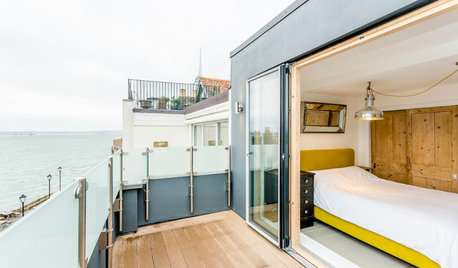
ATTICSRoom of the Day: A Bright Attic Conversion
Transforming the attic in this 17th-century house gained its owners a whole new outlook and the chance to switch decor styles
Full Story





markbarbieri
joel_bcOriginal Author
Related Professionals
Randolph Solar Energy Systems · Wildomar Solar Energy Systems · Bell Design-Build Firms · Ammon Home Builders · Berkley Home Builders · Orange City Home Builders · Roseburg Home Builders · Warrensville Heights Home Builders · Westwood Home Builders · Albany Roofing & Gutters · Charleston Roofing & Gutters · Kissimmee Roofing & Gutters · Chicago Ridge Roofing & Gutters · Kinnelon Roofing & Gutters · Port Neches Roofing & Guttersfsq4cw
joel_bcOriginal Author
joel_bcOriginal Author
solargary
mikie_gw
joel_bcOriginal Author
mikie_gw
loves2read
joel_bcOriginal Author